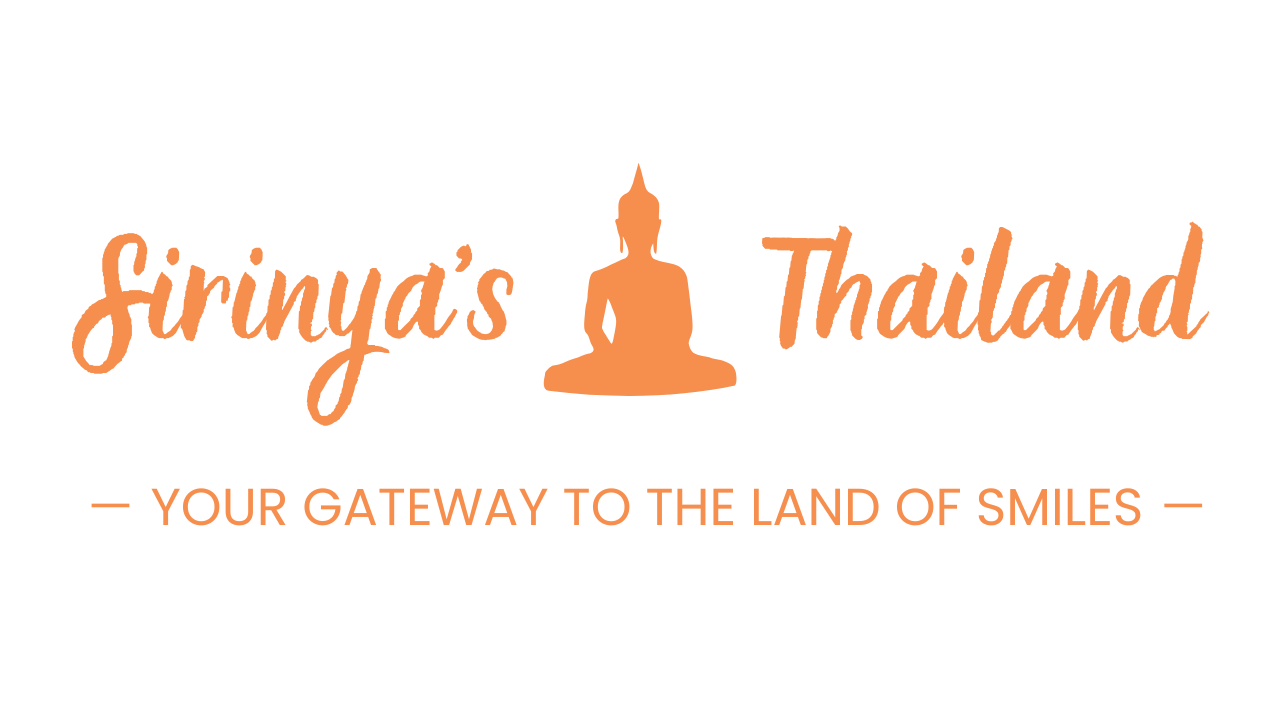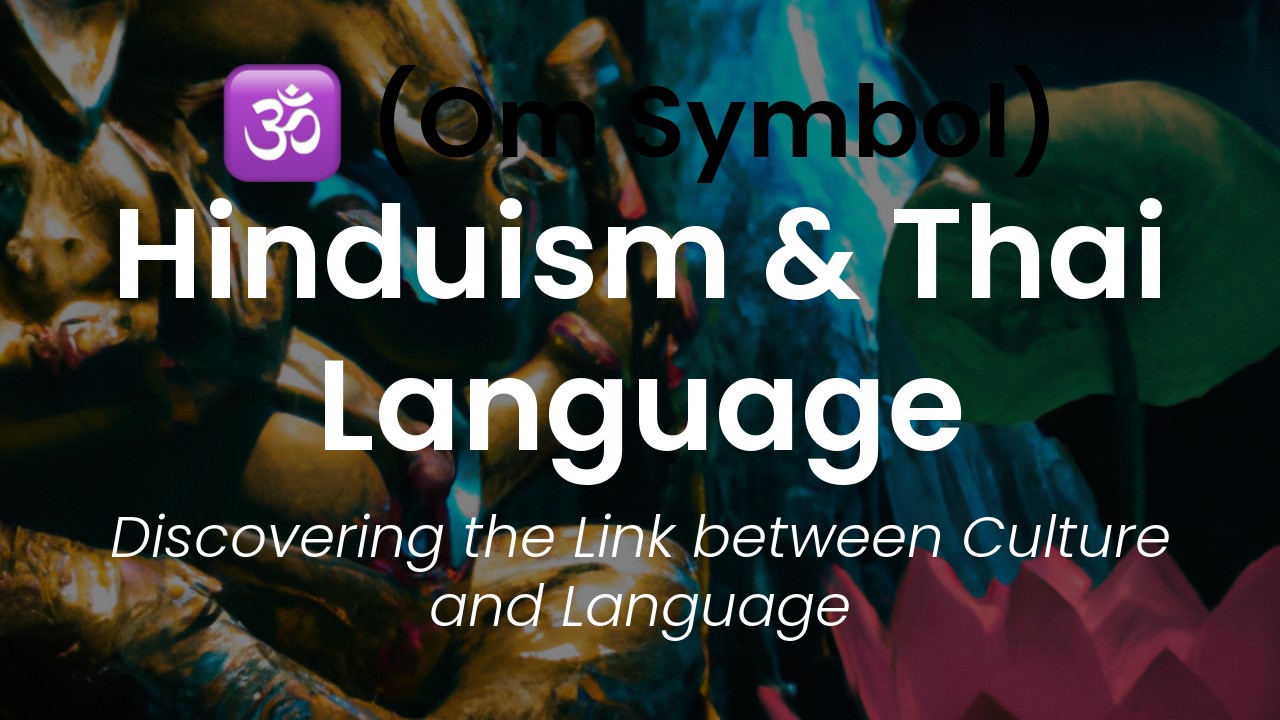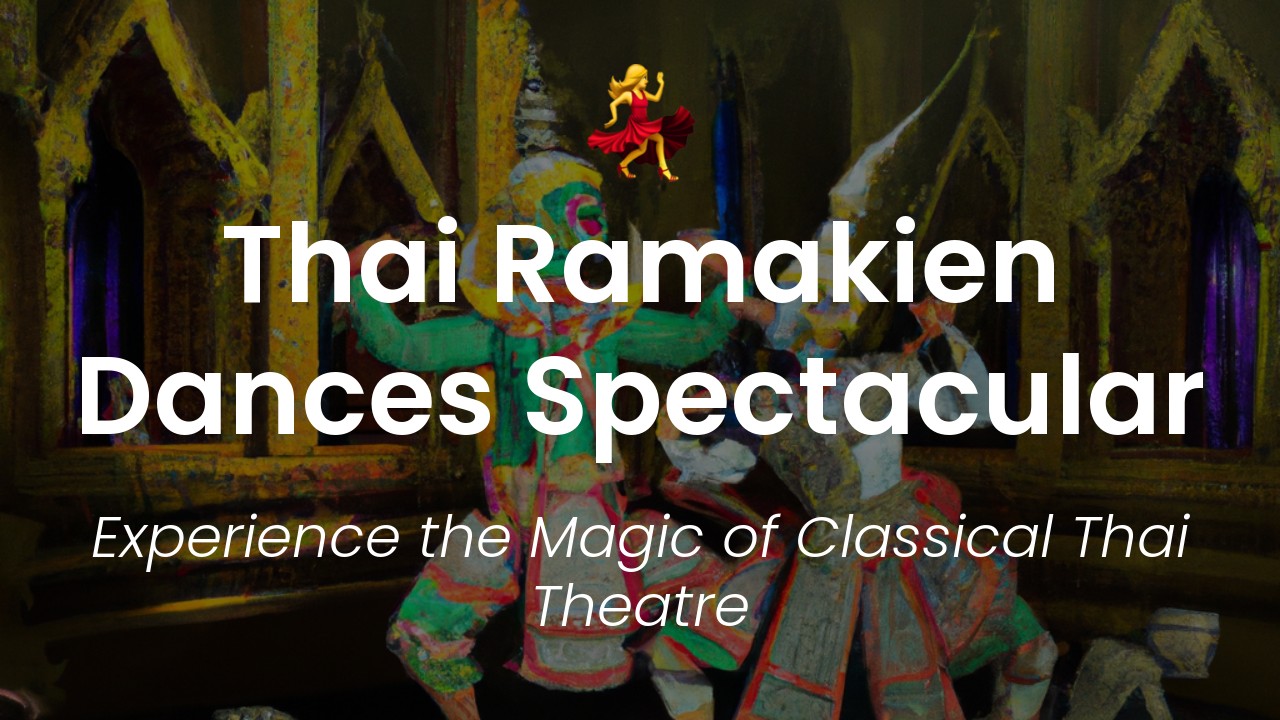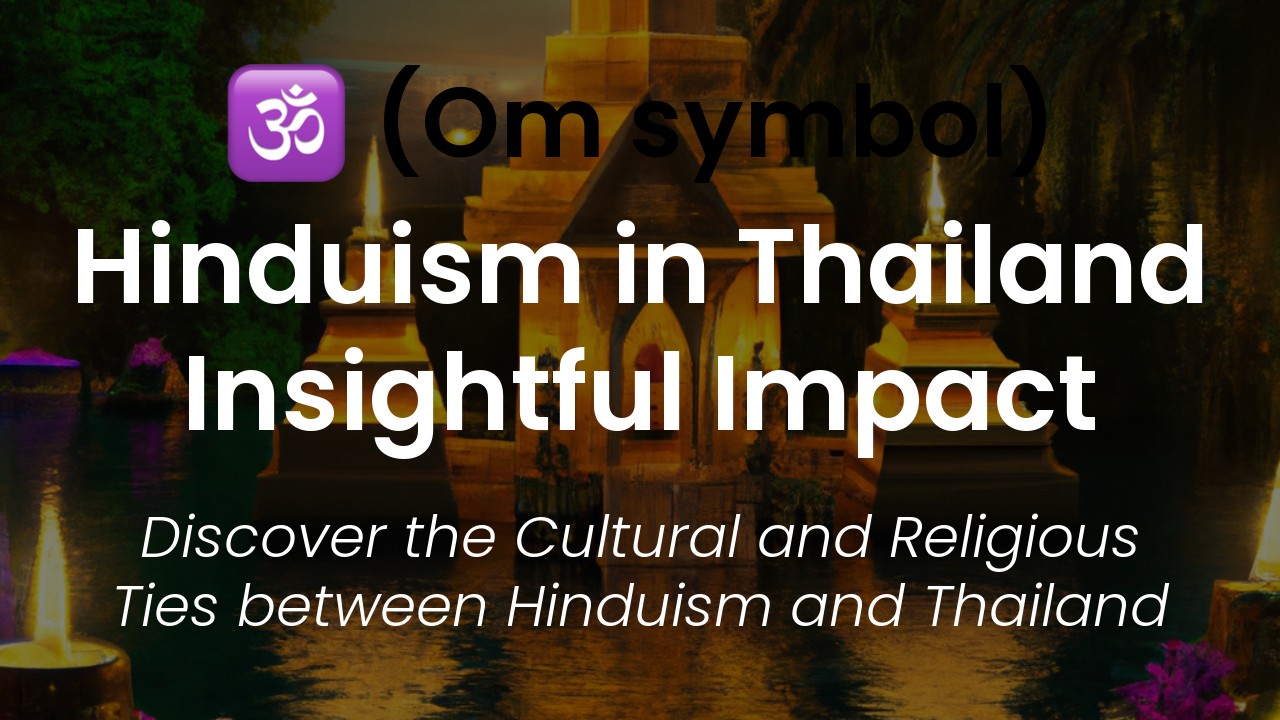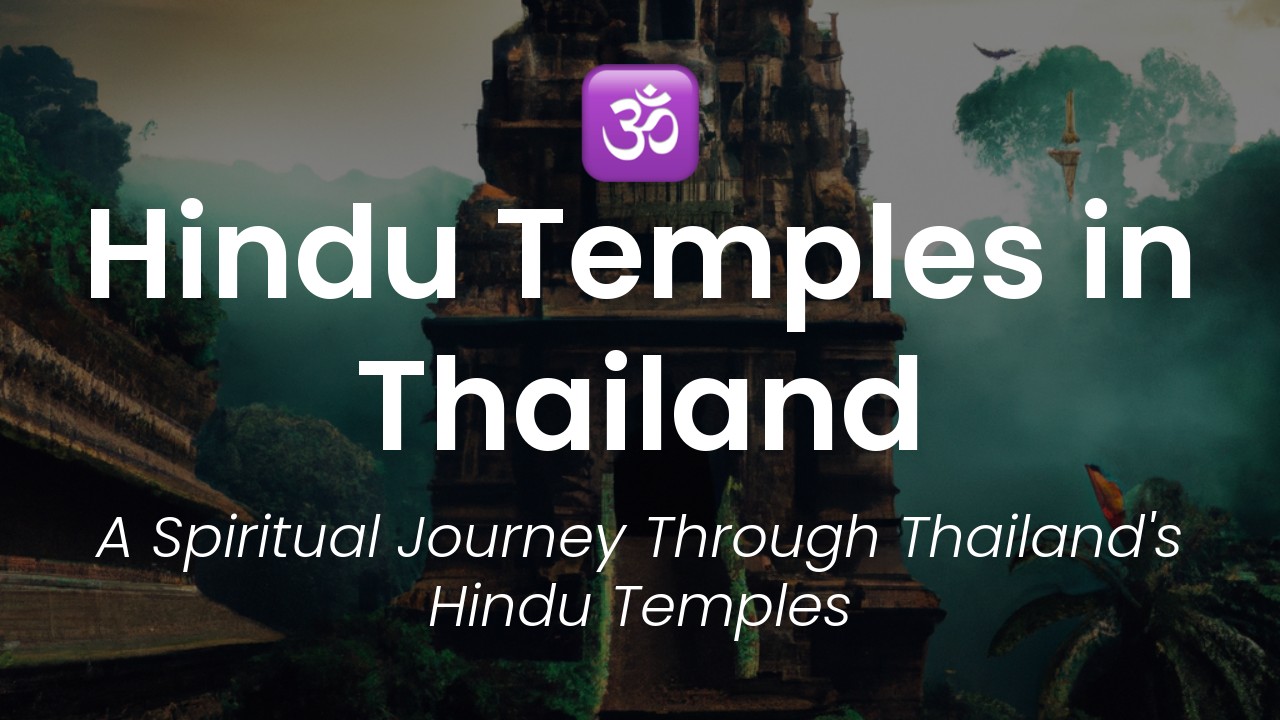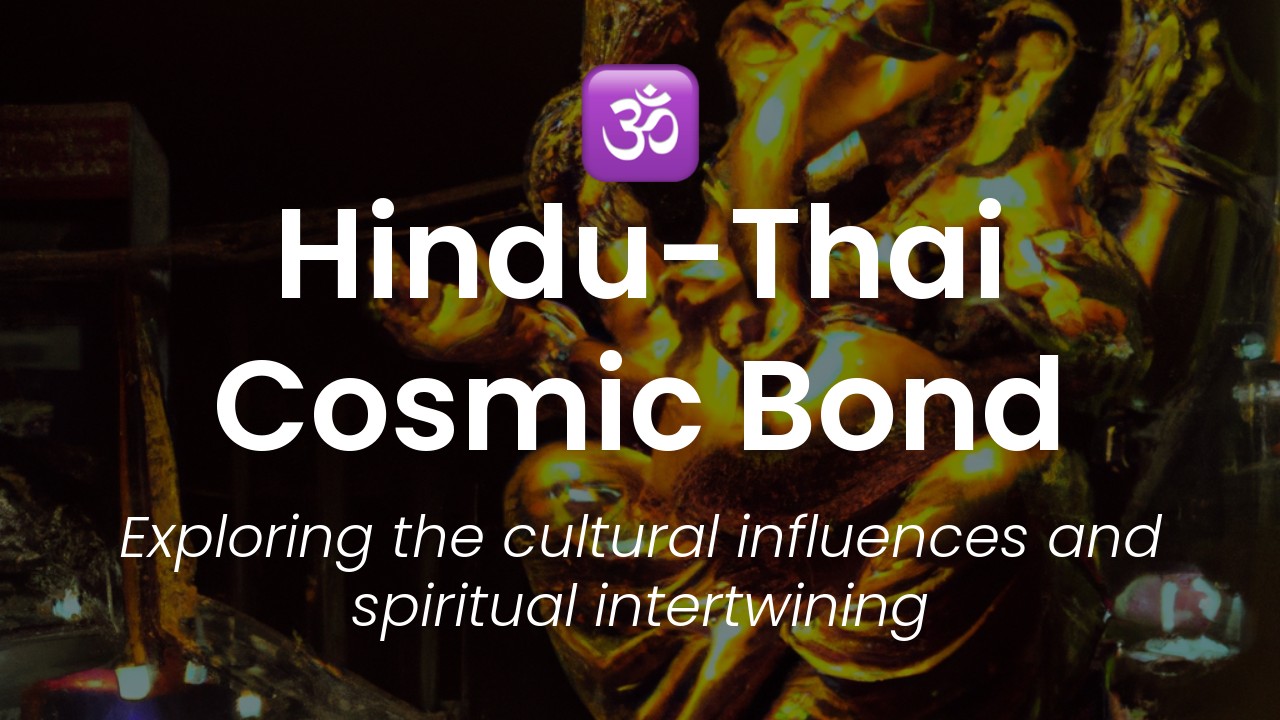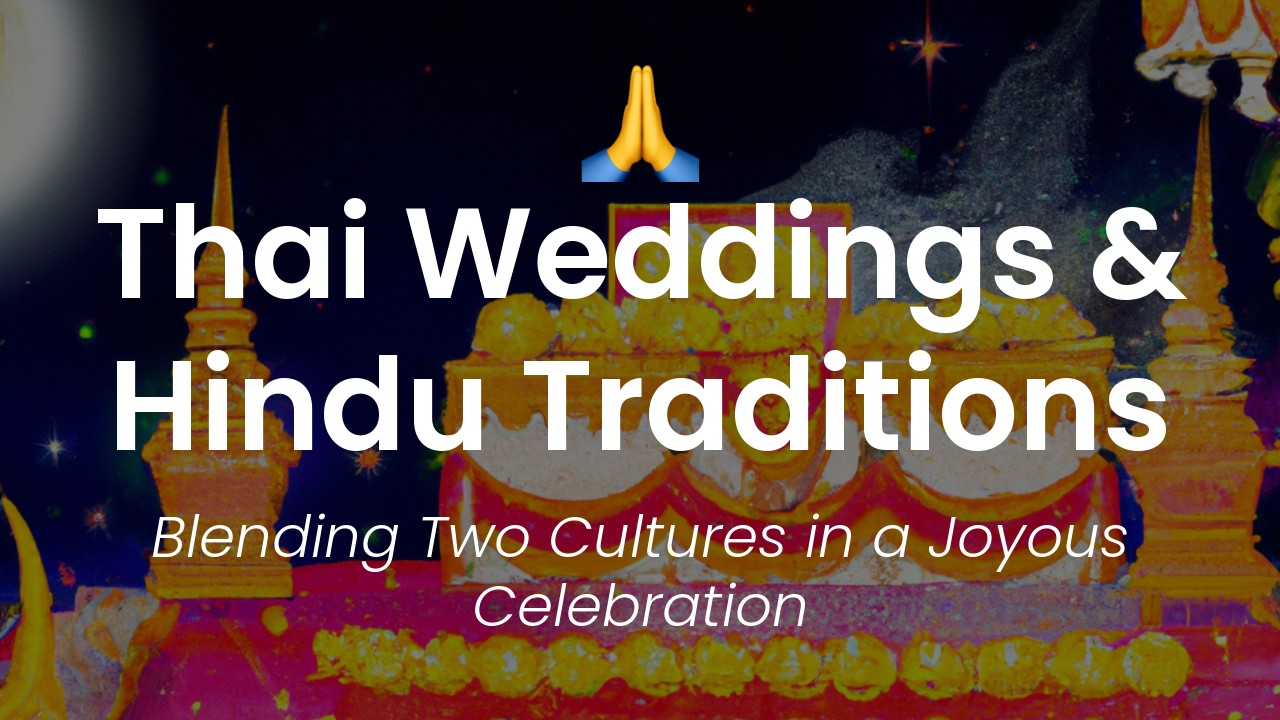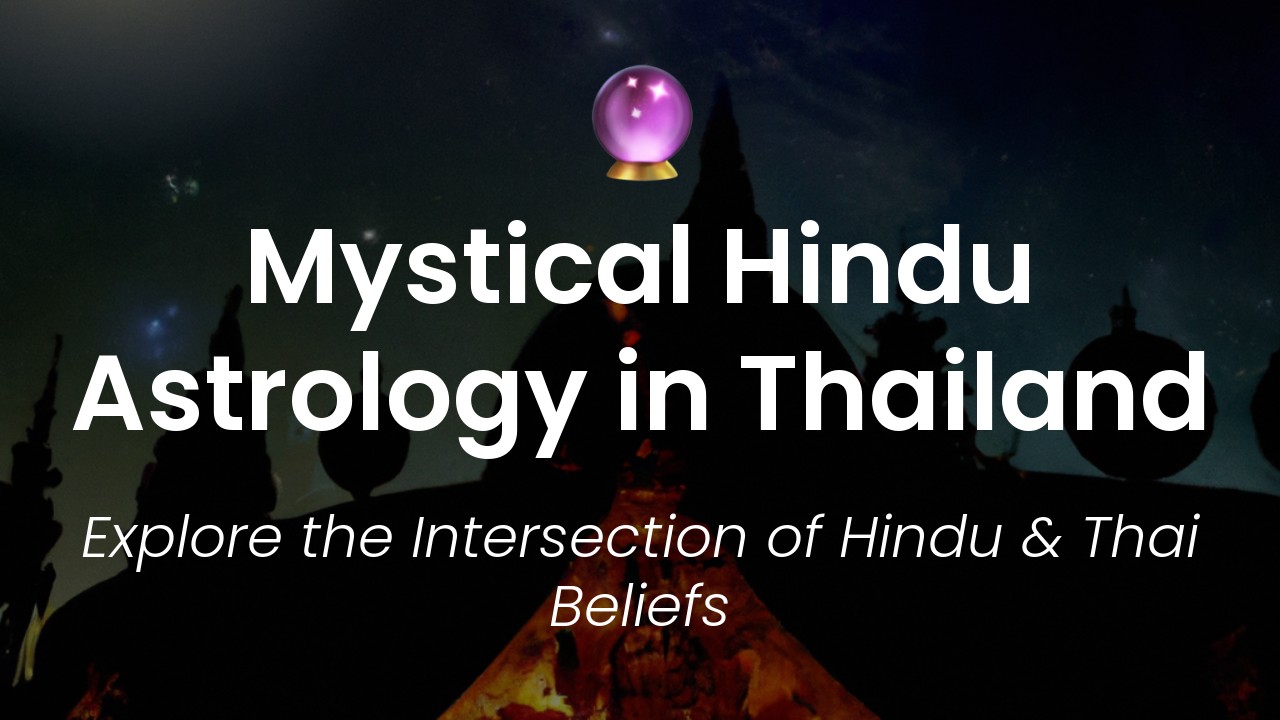As a Thai person, I feel proud to be part of a culture that is rich in history and has its own unique traditions. One aspect of Thai culture that I find particularly fascinating is the influence of Hinduism on the Thai language. Many of the words in the Thai language have roots in Hinduism, and understanding their meanings can provide an interesting insight into the early history of Thailand.
Hinduism was introduced to Thailand during the 6th-9th centuries, during the Dvaravati period. This early period saw the establishment of a number of Hindu kingdoms in the region, which led to the spread of the Hindu religion and culture throughout Thailand. One of the most significant impacts that Hinduism had on Thai culture was the development of the Thai language.
When we look closely at the Thai language, we can see that many of its words have their roots in Indian languages such as Sanskrit and Pali. For example, many Thai words for concepts such as "merit" or "karma" come from these languages. It is fascinating to see how the meanings of these words have changed over time and how they have become part of the Thai cultural landscape. In this article, we will explore the influence that Hinduism has had on the Thai language and examine some of the words that have been adopted from Indian languages.
Sanskrit and Pali loanwords
Thai language, like many other Southeast Asian languages, is deeply influenced by Sanskrit and Pali, two Indian languages used in Hindu and Buddhist religious texts. Sanskrit and Pali loanwords have been incorporated into Thai vocabulary over centuries, and many of these words have become integral parts of everyday Thai communication.
Sanskrit has had a profound impact on Thai language, particularly in the fields of literature and religion. Loanwords from Sanskrit can be found in many Thai words related to spiritual and cultural practices, such as "dharma" (ธรรม), "bhikkhu" (พิกษุ), and "puja" (ปูช่วง). Sanskrit loanwords are also commonly used in the names of Thai royalty and temples, as well as in Thai proverbs and idioms.
Pali, another ancient Indian language, has also influenced Thai vocabulary. Pali loanwords are primarily used in Buddhist religious texts, teachings, and practices. Words like "Buddha" (พุทธ), "sangha" (สงฆ์), and "karma" (กรม) are just a few examples of how Pali language has been absorbed into Thai culture.
Influence on Thai vocabulary and grammar
The influence of Hinduism on Thai language is not limited to loanwords alone. Thai grammar and syntax have also been shaped by Sanskrit, particularly in the use of prefixes and suffixes. For example, the prefix "pra-" (ประ) is derived from the Sanskrit word "prabhu," which means "master" or "lord." This prefix is commonly used in Thai words related to authority or leadership, such as "prachachon" (ประชาชน), which means "citizen," and "prathan" (ประทาน), which means "to grant" or "to bestow."
Similarly, the suffix "-man" (มัน) is derived from the Sanskrit word "man," which means "to think" or "to reflect." This suffix is commonly used in Thai words related to intelligence or mental capacity, such as "pattama" (ภัทรม), which means "genius," and "dhammamana" (ธรรมมนต์), which means "wisdom."
Hindu deities in Thai culture
Hindu deities are also present in Thai culture and language, particularly in the realms of literature, art, and dance. Many Thai epics and legends, such as the Ramakien and the Mahajanaka Jataka, feature Hindu deities and characters, and are heavily influenced by Hindu mythology and legends.
The Hindu god Vishnu, for example, is known in Thailand as Phra Narai (พระนารายณ์), and is often depicted in Thai art and literature as a benevolent god who protects the people from harm. The Hindu goddess Lakshmi, goddess of wealth and prosperity, is also revered in Thai culture, and is known as Phra Prom (พระพรหม).
Hinduism's impact on Thai literature
Thai literature has also been influenced by Hinduism, particularly in terms of subject matter and themes. Many Thai literary works, such as the aforementioned Ramakien and Mahajanaka Jataka, draw heavily on Hindu mythology and legends.
The Ramakien, for example, is a Thai epic that is based on the Hindu epic Ramayana. The story follows the adventures of Prince Rama, his wife Sita, and his loyal servant Hanuman, as they battle the demon king Rawana to rescue Sita from his clutches. The Ramakien has been adapted into various forms of Thai entertainment, including theater, dance, and television.
The role of Hinduism in Thai customs and traditions
Hinduism has also left an indelible mark on Thai customs and traditions, particularly in terms of religious practices and ceremonies. The Hindu festival of Diwali, for example, is celebrated in Thailand as a national holiday known as "Festival of Lights," or "Loy Krathong" (ลอยกระทง).
During Loy Krathong, Thai people light candles and release small, floating baskets (krathongs) onto rivers and waterways, symbolizing a letting go of negative energy and a fresh start. The origins of Loy Krathong can be traced back to Hindu mythology, which celebrates the triumph of good over evil.
Conclusion: Hinduism's lasting influence on Thai language and culture
In conclusion, the influence of Hinduism on Thai language and culture cannot be understated. Sanskrit and Pali loanwords have become integral parts of everyday Thai conversation, while Hindu myths and deities continue to play an important role in Thai literature, art, and religion.
Hinduism's impact on Thai language and culture is a testament to the power of cross-cultural exchange and the evolution of language over time. As Thailand continues to evolve and change, it is certain that Hinduism will continue to be an important part of the country's cultural heritage and identity.
